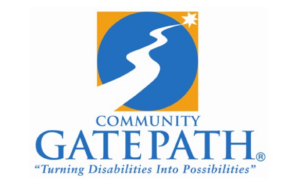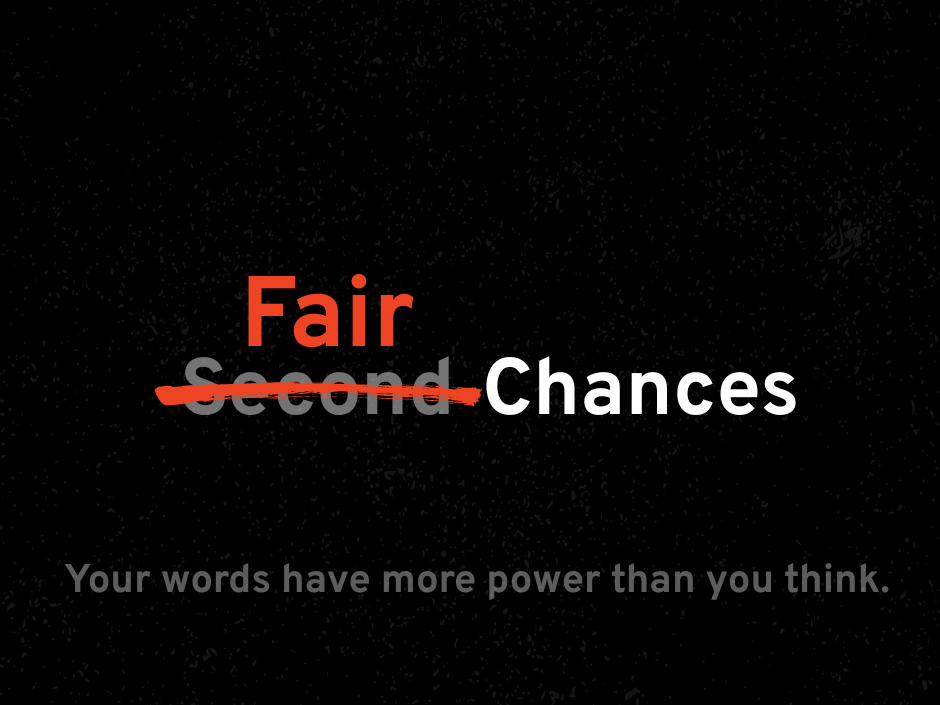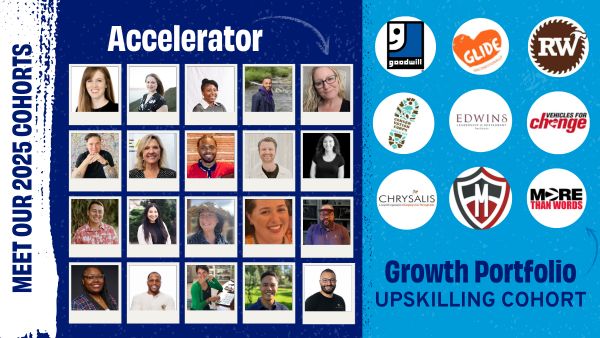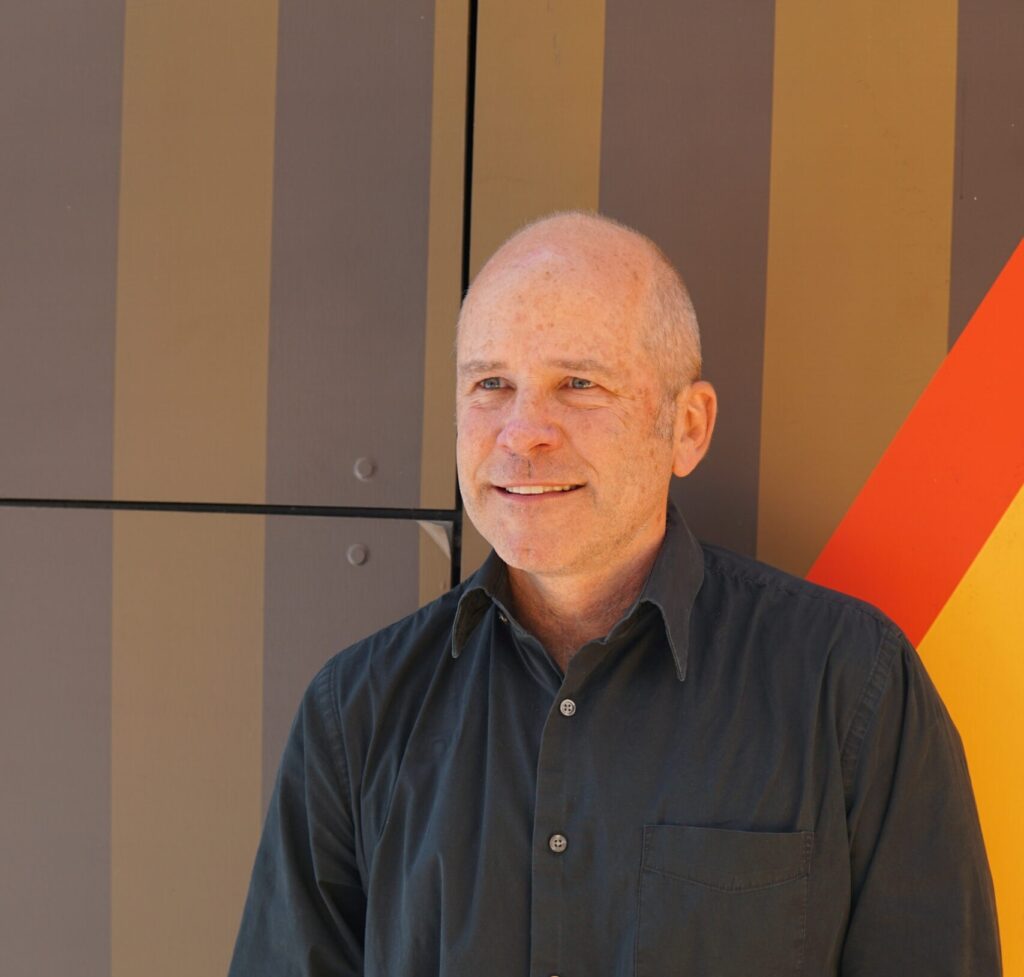IN THIS POST
For over 20 years, REDF has hosted MBA students and graduates from across the country that are passionate about the power of business to transform lives, communities, and our economy. These interns, known as Farber Fellows, are matched with a REDF grantee and work directly with the employment social enterprise staff on a project to support the business and its employees’ long-term success.
To date, we’ve hosted over 180 Farber Fellows who continue to leave their mark on the business, social, and public sectors. We’re checking in with a few of our alumni to see where they are now and how working at an employment social enterprise as a Farber Fellow influenced their thinking and their career.
Today, we catch up with Anne Marie Burgoyne, 2002 Farber Fellow and Stanford Graduate School of Business alum. She reflects on how working at an employment social enterprise has made her a “more thoughtful philanthropist” and renewed her focus on human dignity — and why the Farber Fellowship was her “best choice.”
What kind of work do you do today?
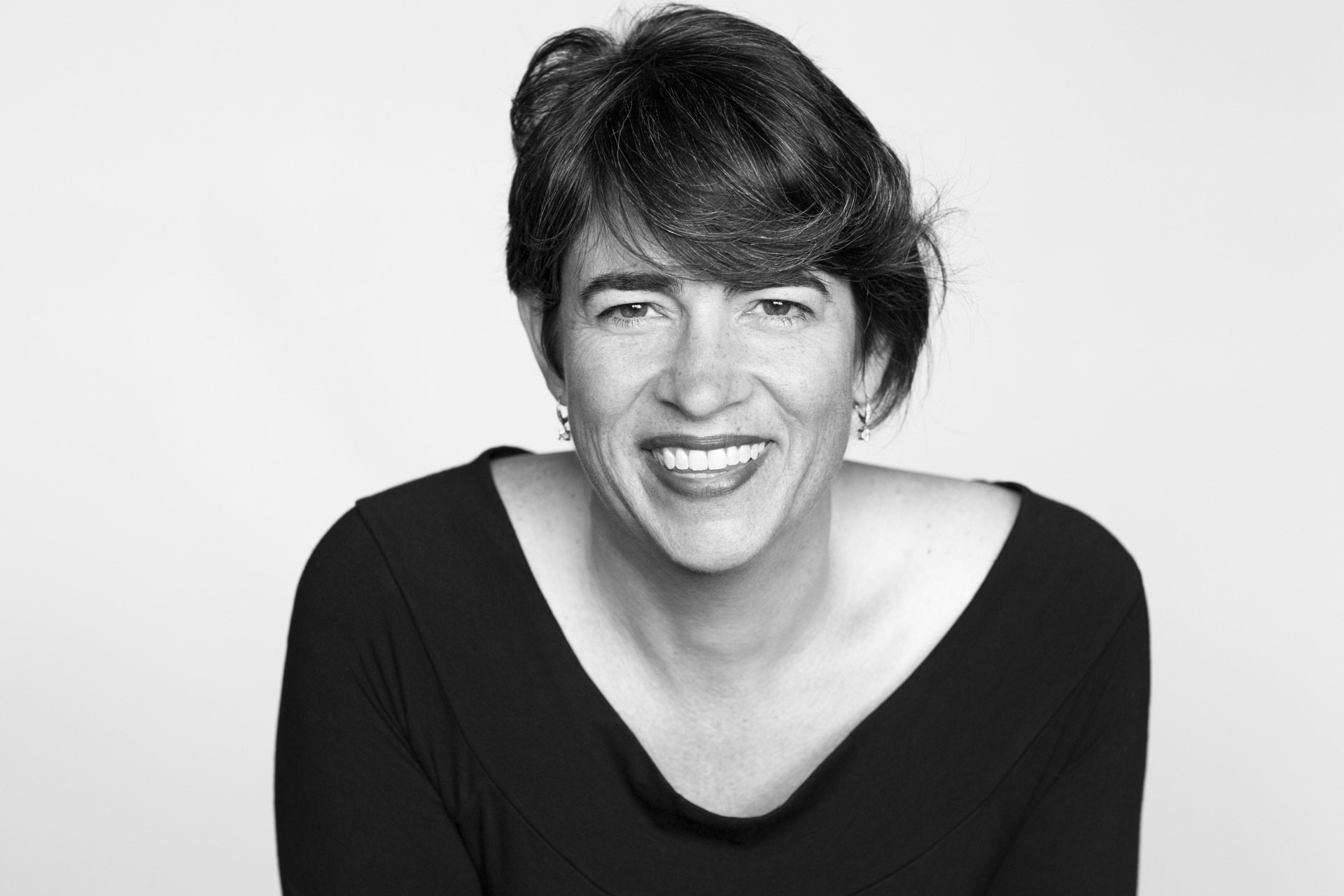
I’ve been with Emerson Collective for nine years leading our Philanthropy team and connecting our internal teams and our 400-500 grantees so they can learn from each other and advance their work.
Some examples of the incredible organizations I work with include: Chicago CRED (Create Real Economic Destiny), an anti-gun violence organization co-founded by Arne Duncan, a former U.S. Secretary of Education and CEO of Chicago Public Schools; E Pluribus Unum, a nonprofit founded by former New Orleans Mayor Mitch Landrieu focused on building a more equitable and inclusive South by cultivating and empowering leaders, changing divisive narratives, and championing transformative policy change; and Elemental Excelerator, an accelerator for growth-stage companies scaling equitable, market-driven solutions to climate change.
It’s deeply satisfying work and I feel blessed to be in this role with this organization.
Why did you decide to apply to and ultimately join the Farber program?
The Farber Fellowship was a bit different when I participated in 2002. The Fellows were still business school graduates, but most had been working for a number of years and wanted to apply their expertise and transition their careers into the nonprofit sector. Before applying I was VP of Sales & Services for a tech company — the only woman on a 12-person management team selling an email product that quickly become commoditized. It was a tough environment that was very isolating. And before that, I was an investment banker, so I was really ready for a change.
When I decided to leave, I was fortunate in that I had a number of strong job offers, including the Farber Fellowship. But that wasn’t the job I initially took.
I consider myself an operations person — so the job I accepted was focused on that function, running a number of outpatient clinics for a big hospital. It seemed like a great opportunity, but a couple of days before I was scheduled to start, I discovered it was not a good match culture-wise.
Luckily, Melinda Tuan, Co-Founder and Managing Director of REDF at the time, was a good friend from business school, and when I explained my situation, she and her team did everything to make it work.
My first conversation was with Stuart Davidson, who to this day, many years later, remains one of my most important mentors. My second stop was with Cheryl Young Hunt, who became my boss at the social enterprise, another great mentor, and a close friend.
Ironically, while the Farber Fellowship wasn’t my first choice, it was my best choice. It put me on a path that allows me to use my skills to improve society. I feel like I’ve found my way with REDF. I feel deep, deep loyalty and affinity to the organization, the program, the team, and the fellows.
What ESE did you work with and what did you work on?
The organization I worked at was Community Gate Path (now Ability Path), which at the time was focused on workforce development for adults with disabilities. I was placed with them for a year and worked one-on-one with their team and Cynthia Gair, REDF’s Managing Director of Programs. I met with her every week, and she was another incredible mentor.
Running an employment social enterprise is complicated, and it was a concept that wasn’t well-known. My husband calls the time I spent as a Farber Fellow “my year of hitting flies with hammers.” Sometimes people got the concept, but most of the time they didn’t – the experience taught me a ton of humility.
What project did you work on during your time as a Farber?
I focused on two big projects. One was rebuilding aspects of the social enterprise program―mostly focused on the sales function. The other project was to build a model focused on service delivery — attempting to quantify things like, how many appointments can a therapist have each day if they travel versus stay in one place? How many hours a day can people attend therapy? How many hours a day can this room be used? The model helped us increase revenue by around 20%. We didn’t get more support from government, but we used our money more efficiently by making different operational choices.
How did working with a social enterprise inform your view on the role that business can play in social impact?
I think there are lots of ways that business sensibility can bring good frameworks and intuition to working in social change settings, especially if there is a social enterprise aspect to the work. Exploring how cash flows through a system, considering who pays for and who receives services, thinking about the macro-economic market in which the work occurs — all of these analyses are classic business conversations. I also have found that my time at REDF has made me a stronger nonprofit board sitter, a more thoughtful philanthropist, and a more capable fundraiser — because I bring several definitions of impact, sustainability, and financial viability to my mindset.
Any lessons learned from your time as a Farber Fellow that you carry with you in your work today?
I often follow the money. One of my favorite parts of diligence conversations involves talking to grantees about where their funding comes from, and then, on what they spend their resources. Over the years, I see more organizations seeking to build earned income streams of various kinds, and it has been interesting to track that trend. I also appreciate service models that honor human dignity and recognize that the people served very much know what they are seeking in their own lives and how they hope their own skills, opportunity, and agency will grow. Being part of the disabilities community was very powerful in teaching me this message.
What’s your favorite memory from your Farber Fellowship?
I remember spending time with my peer Fellows — and appreciating them and learning from them as well, including Caroline Pappajohn, Elizabeth Van Benschoten, and Lee Zimmerman and Brian Anderluh. I also had my first daughter, Sydney, while I was a Fellow, and I remember bringing her to work and walking on the floor with her in a front carrier — that was a very good year.
What advice do you have for future Farber Fellows?
Be very open to listening, learning, and assuming that you know only a fraction of what you need to know to be successful in the work ahead. The wisdom is all around, and you are only bringing some skills and some knowledge that is useful if it is used in the right dosage, at the right time, and with the right care. I would also remember that Fellowships allow for the chance to really be honest about what you don’t know — life has very high expectations — and so using this freedom to be honest about where you want to grow, and then digging in, is a real gift.
